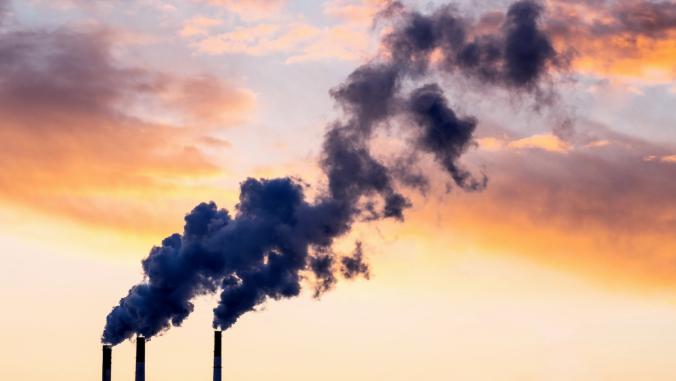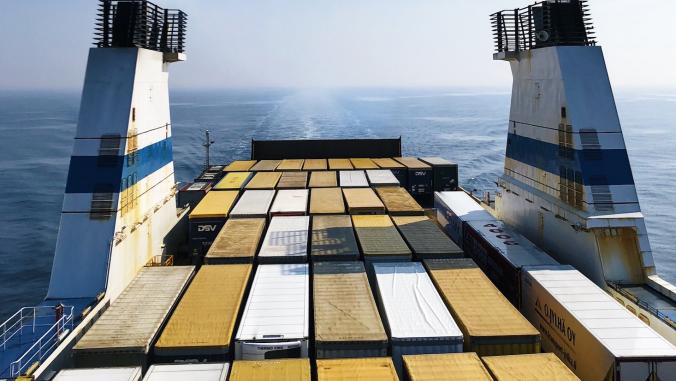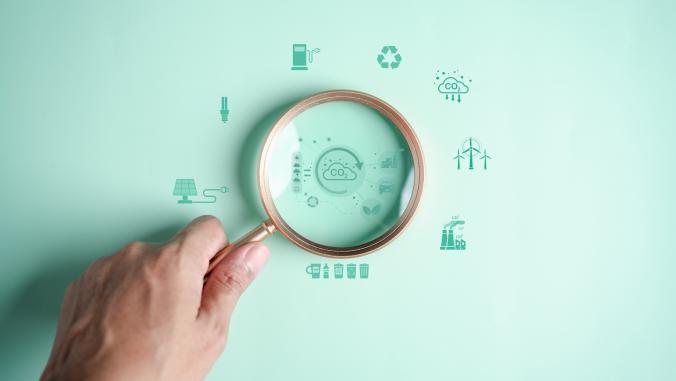M&S cleans up supply chain with hazardous chemical commitments
<p>British retail giant teams up with Greenpeace to develop tough new supply chain policy.</p>

Marks & Spencer (M&S) has significantly strengthened its chemicals policy, announcing a series of measures designed to reduce the use of harmful substances in its textiles supply chain.
The British retail giant yesterday released a beefed up version of its existing Environmental and Chemical Policy, which was developed in conjunction with environmental nongovernmental organization Greenpeace.
The new policy imposes minimum standards on the company's textiles suppliers and also features a series of commitments designed to accelerate the development of less harmful chemicals for use in the textile production and dyeing process.
"These new commitments push the boundaries of the technology used in the textile industry and cement M&S' position as a leader in the management of chemicals in the textile industry," said Mark Sumner, sustainable raw materials manager at M&S. "We've worked closely with Greenpeace over the past three months to construct them and both parties agree that they will push us and our partners to new levels of knowledge and research."
His comments were echoed by Greenpeace Internationals' Martin Hojsik, who urged other clothes retailers to adopt similarly robust standards.
"This commitment from M&S sets a new benchmark and they join H&M in showing real leadership on the issue of toxic water pollution," he said. "The onus is now on other brands to step up and take ambitious action to detox that matches the urgency of the situation."
Specifically, the new policy will see M&S launch a training program for the dyehouses the company uses designed to strengthen its ban on the use of harmful Alkylphenol ethoxylates (APEOs); commit to phasing out the use of PFCs in its supply chain by 2016; and conduct a trial with five mills in China to assess the feasibility of publicly disclosing dyehouse chemical discharge data.
Sumner said that in addition to the new policy, the company would continue to work with universities, chemical manufacturers, machine builders and dyehouses to develop more sustainable means of producing textiles.
"As a result, processes are now being used in the M&S supply chain that reduce the impact on the environment such as Cold Batch Dyeing, a process that, on average, uses 50 percent less water and reduces carbon by 30 percent," he said. "Some 1.3 million M&S products have now been made using Cold Batch Dyeing."
Hojsik added that Greenpeace would now be following closely the implementation of the new policies, and in particular the pledge to assess whether to disclose more chemical use data in China.
Photo of dyeing plant provided by lianxun via Shutterstock.





